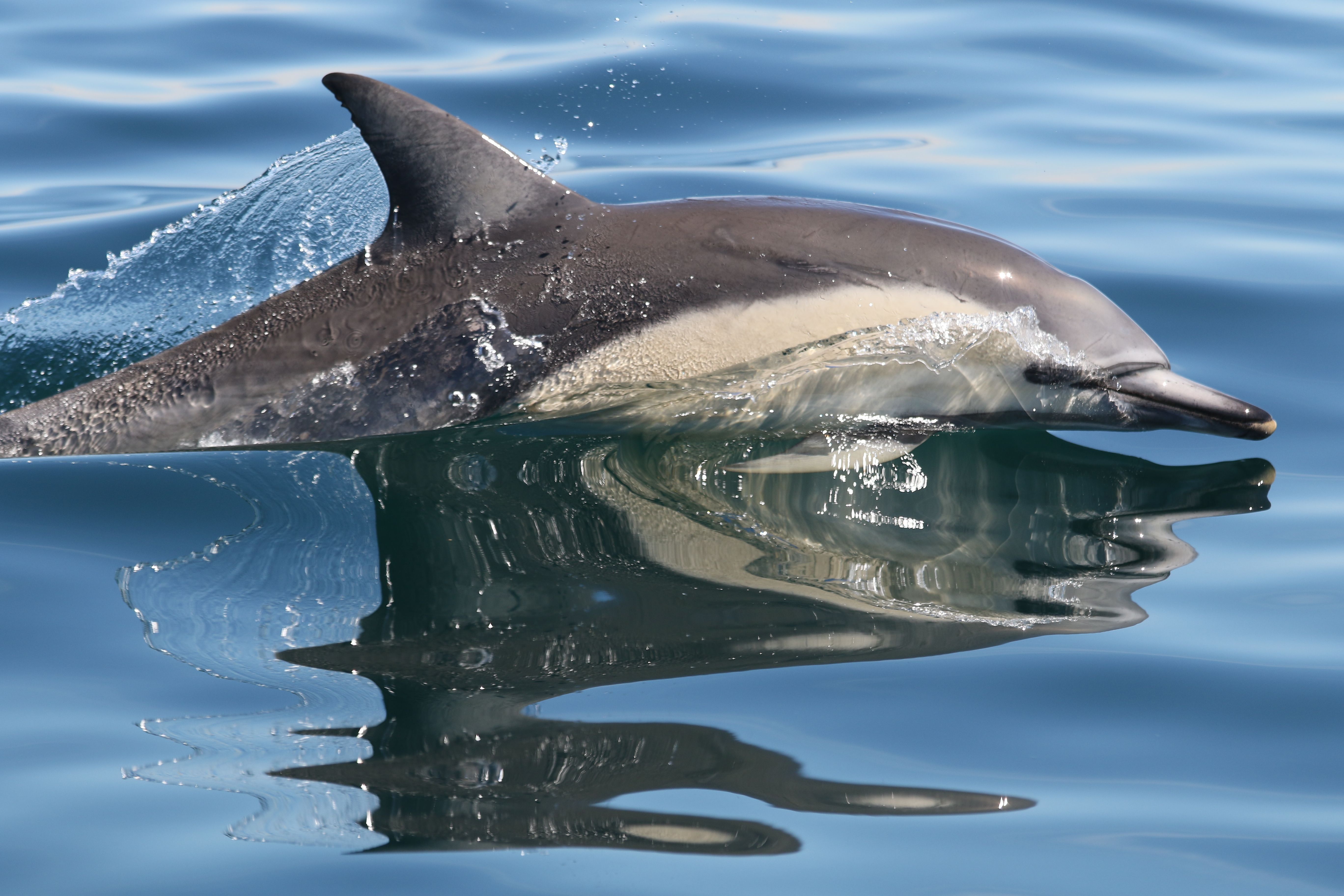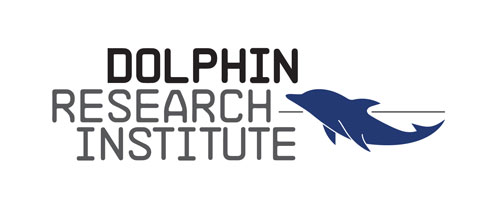
The status of common dolphins (Delphinus delphis) in Port Phillip Bay in 2023-2024 was Good and the trend is Declining. In 2005, a community of short-beaked common dolphins, a usually oceanic species, established residency in south-eastern Port Phillip Bay between Mt Eliza and McCrae. The community comprises resident and transient dolphins, with some known to move between Port Phillip and northern Bass Strait.
The number of identified individuals using Port Phillip has grown steadily since 2005, with the second and third generations having also been successfully born and observed inside the Bay

Credit: Dolphin Research Institute
since this species first established residency. The third generation currently comprises 8 individuals born between 2019 and 2024. Currently, a total of 67 known calves have been born to known, catalogued individuals and that have used Port Phillip. Of the 67 known calves, 27 of them have successfully been tracked by the Dolphin Research Institute (DRI) after they have left their cow's side. These individuals have been added to the catalogue of 165 dolphins. Estimates of calving rates and survivorship are currently being calculated and will be included in future reporting.
The Dolphin Research Institute (DRI) is not concerned to see a slight decrease in the number of individuals identified during the 2023-2024 financial year or the number o f calves born. These results likely represent natural fluctuations in fertility, calving rates and changes in environmental conditions from year to year, contributing to the number of individual common dolphins entering and using the Bay throughout the year.
Anthropogenic pressures on these dolphins are evident through significant physical trauma to some animals. It is unknown whether these injuries were acquired within or outside of Port Phillip. However, they appear to recover well, showing resilience to the pressures of living in an urban environment.
Further analysis of imagery has added previously uncatalogued calves to the identification catalogue and has seen the confirmation of some approximate calf birth dates. Therefore, due to the variation in the numbers provided, the data has been re-calculated and there is a slight change in the data presented since calculation of the Common Dolphin status started in 2005. The graph displayed shows all corrected data of the Common Dolphin status. Ongoing analyses will yield a deeper understanding of calving rates and survivorship, and the mix of resident and transient animals that make up this remarkably successful community of dolphins. For more information, please read the DRI 2023 Research Impact Report.
Page last updated: 30/10/25
